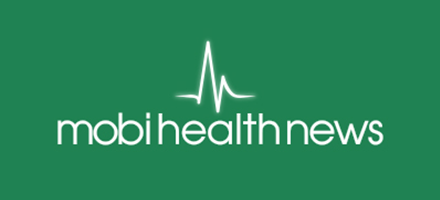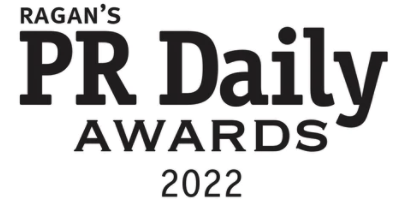Poster to be presented at the 77th Annual ADA Meeting, June 9-13, 2017 in San Diego, CA
Mountain View, California –June 9, 2017, Glooko, the leader in diabetes data management today announced the results of two retrospective studies that examine the clinical impact of use of its diabetes management mobile application. The studies found that using the Glooko mobile app was associated with a drop in average blood glucose, estimated A1C (eA1C) and hyperglycemia rates in people with diabetes. Furthermore, usage of the Glooko mobile application was also associated with an increase in blood glucose test rate. Increased blood glucose testing rates have been shown to directly correlate with improvements in glycemic control, as evidenced by this retrospective study and other studies as well.
“We are thrilled to see this additional clinical evidence that shows the positive impact Glooko can have on people with diabetes,” Rick Altinger, CEO of Glooko said. “Glooko’s mission has always been to improve the clinical outcomes for people with diabetes by making diabetes management easier through digital tools. Our user satisfaction rates coupled with this clinical evidence adds credence to the investments that digital health companies have been making to improve the lives of people with chronic diseases.”
The Glooko mobile app users in these studies were, on average, already managing diabetes adequately (below 8% eA1c). After starting on Glooko the users showed further improvement. The retrospective studies show that Glooko mobile app users who used the app for self-management experienced the following clinical results compared to a control group of users who did not use the Glooko mobile app, but did upload their data in the clinic:
- Average Blood Glucose: After two months, mobile users experienced an additional 3.54% drop in average BG, over control group users.
- Estimated A1C (eA1C): The studies showed a drop in eA1C among Glooko mobile app users between 0.3% and 0.5% down to 7.14% – 6.98% after two months of using the Glooko mobile app alone.
- Reduction in hyperglycemic rates: Glooko mobile users exhibited an additional decrease in the probability of experiencing hyperglycemic events by 4.38% per month, compared to the control group (p<0.01). Overall, a mobile user could expect a 10.65% decrease in the probability of hyperglycemic events by the end of two months.
- Blood Glucose Test Rate: In addition, there was a statistically significant increase in the average blood glucose test rate of between 16.33% – 34.15% (p<0.01) increase after two months, compared to control.
- Relationship Between Test Rate and Average BG: These increases in blood glucose test rate show a modest but significant correlation to the percent decrease in BG Average (ρ=0.22, p<0.01) indicating that people with diabetes who increased their test rates more, compared to the previous month, also exhibited a decrease in average BG.
For more information about the results of these studies, download the poster presented at the Diabetes Technology Society or come see our most recent poster with updated data at the ADA in San Diego, from June 9-13, 2017 in location 880-P. In addition, Glooko will be demonstrating the Glooko + Diasend integrated product line in booth #2143 at this year’s ADA event.
©2017 Glooko, Inc. Glooko and Diasend is a trademark of Glooko, Inc. All rights reserved. PRM 0400 Rev A










